

@generalpha
Prompt
timeline illustration by Alexandrov, Kolmogorov et Lavrentiev of timeline illustration of timeline illustration of timeline illustration of timeline illustration of
distorted image, malformed body, malformed fingers
4 months ago
Model
SSD-1B
Guidance Scale
7
Dimensions
1248 × 832
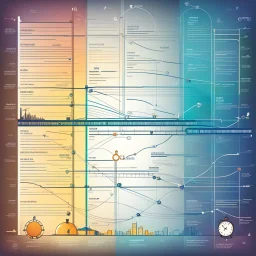
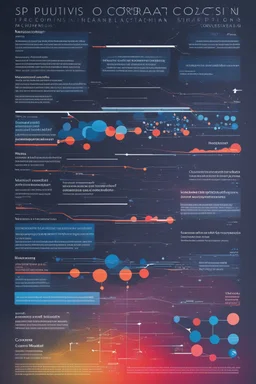
![[diagram] Spurious correlations can occur in machine learning when the data collection process is influenced by uncontrolled confounding biases. These biases introduce unintended relationships into the data, which can hinder the accuracy and generalization of learned models. To overcome this issue, a proposed approach involves learning representations that are invariant to causal factors across multiple datasets with different biases. By focusing on the underlying causal mechanisms rather than s](https://img.stablecog.com/insecure/256w/aHR0cHM6Ly9iLnN0YWJsZWNvZy5jb20vYjA4YTVmZWYtY2FjYy00MThhLWFmMzItNjZmOGJmOTQ5NTM4LmpwZWc.webp)

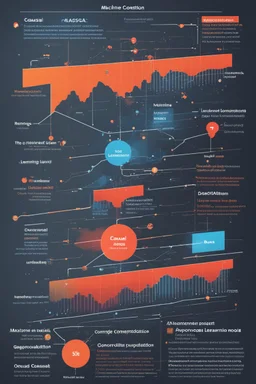

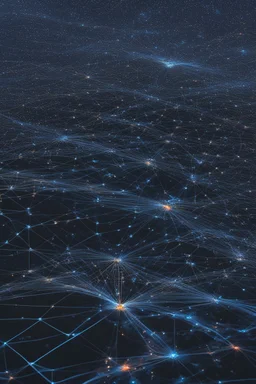
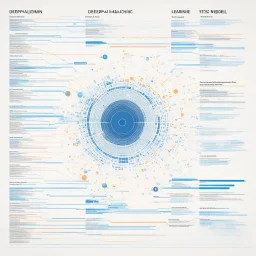
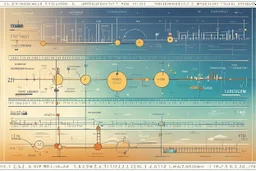

![an image with mathematical surfaces in the background, is warm colours, and on the foreground stochastic trajectories in yellow, with a blinking point at their extremes, maths formula in foreground with a bokeh effect [new tools and workflows for optimal execution]](https://img.stablecog.com/insecure/256w/aHR0cHM6Ly9iLnN0YWJsZWNvZy5jb20vZDNhNzMwMjYtMWMzZi00ZDRmLTgwNDMtNTQ3MmRjMGVhYWIzLmpwZWc.webp)
